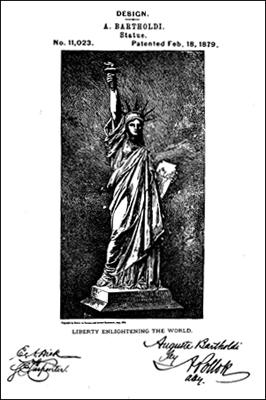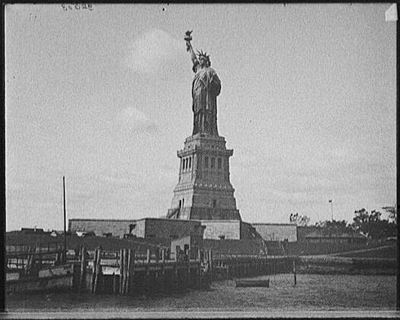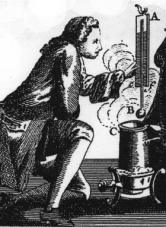Question from Greg:
What aircraft and what year where abs brakes installed onto?
Spending a great deal of time looking into this subject, this is what was found; without a certain answer. Modern anti-lock brakes have undergone numerous amounts of alterations from their original form with many individuals taking credit for each milestone abs brakes have reached.
The root development of anti-lock brakes (abs) or anti-skid brakes, as they are more commonly called on aircraft, dates back to 1929. French aircraft pioneer, Gabriel Voisin, originally designed the anti-lock brakes for airplanes. Although it has been stated that the brakes were first intended for aircraft, additional data to backup this claim is very limited. Whether he tested the invention on one of his own famous biplane designs is questionable. We know that after WWI (1918), Voisin stopped developing planes and went into the automobile industry. According to these dates, that means he would have invented abs brakes after the point in which he switch to car production. Perhaps, the invention was a half-baked idea during his flight days (intended for aircrafts) but did not fully developed till his automotive days, in which his anti-lock brake system was installed on cars.
The first noted US produced plane equipped with an Hydro-Aire Mark I anti-skid system was military aircraft Boeing B-47 bomber in 1947. After WWII, landing speeds increased tremendously because of new jet aircraft. Conventional brakes were not as effective and the anti-skid brakes prevented plane wheels from locking on low traction surfaces.

 In 1920, a candy maker in Youngstown, Ohio created a recipe for coating ice cream with chocolate. Harry Burt’s smooth chocolate coated ice cream treats were delicious. The first taste tester was his daughter Ruth who loved the flavor but hated the mess. Earlier, Burt had invented a lollipop on a stick known as a Jolly Boy Sucker. Taking the advice of his son, Harry Jr., Burt froze the same stick into his ice cream, creating handles for the treats. Burt named his new ice cream invention the Good Humor Bar. The name came from the belief that a person’s humor or temperament came from their sense of taste.
In 1920, a candy maker in Youngstown, Ohio created a recipe for coating ice cream with chocolate. Harry Burt’s smooth chocolate coated ice cream treats were delicious. The first taste tester was his daughter Ruth who loved the flavor but hated the mess. Earlier, Burt had invented a lollipop on a stick known as a Jolly Boy Sucker. Taking the advice of his son, Harry Jr., Burt froze the same stick into his ice cream, creating handles for the treats. Burt named his new ice cream invention the Good Humor Bar. The name came from the belief that a person’s humor or temperament came from their sense of taste. Did you know the subject of America’s most famous design patent wasn’t actually designed by an American?
Did you know the subject of America’s most famous design patent wasn’t actually designed by an American?

 You can add Super Glue to your list of inventions that were discovered by accident. Dr. Harry Coover was not trying to invent a super-sticky substance when he came across Super Glue. In 1945, Dr. Coover was actually working on a way to create a clear plastic to use in precision gunsights for Eastman Kodak.
You can add Super Glue to your list of inventions that were discovered by accident. Dr. Harry Coover was not trying to invent a super-sticky substance when he came across Super Glue. In 1945, Dr. Coover was actually working on a way to create a clear plastic to use in precision gunsights for Eastman Kodak.
 In 1593, when Galileo Galilei invented a basic water thermometer the device was called a thermoscope. His thermoscope and the ones that followed were not standardized in the liquid or the scale for telling the temperature. These simple devices mainly indicated a temperature increase or decrease, but no one was sure by how much. Daniel Gabriel Fahrenheit was a German physicist who changed the way the world viewed temperature.
In 1593, when Galileo Galilei invented a basic water thermometer the device was called a thermoscope. His thermoscope and the ones that followed were not standardized in the liquid or the scale for telling the temperature. These simple devices mainly indicated a temperature increase or decrease, but no one was sure by how much. Daniel Gabriel Fahrenheit was a German physicist who changed the way the world viewed temperature. The benefits of sunscreen have been known for thousands of years. Even the Greeks used a mixture of sand and oil to attempt to protect themselves from the sun while training for the Olympics. Christopher Columbus was the first to write about the use of sunscreen. Columbus wrote in his journal while visiting an island in the Caribbean that the people of the island “all paint themselves, some black, some other colors, but mostly red. I have learned that they do this on account of the sun, which does not injure them as much if they are painted.”
The benefits of sunscreen have been known for thousands of years. Even the Greeks used a mixture of sand and oil to attempt to protect themselves from the sun while training for the Olympics. Christopher Columbus was the first to write about the use of sunscreen. Columbus wrote in his journal while visiting an island in the Caribbean that the people of the island “all paint themselves, some black, some other colors, but mostly red. I have learned that they do this on account of the sun, which does not injure them as much if they are painted.”